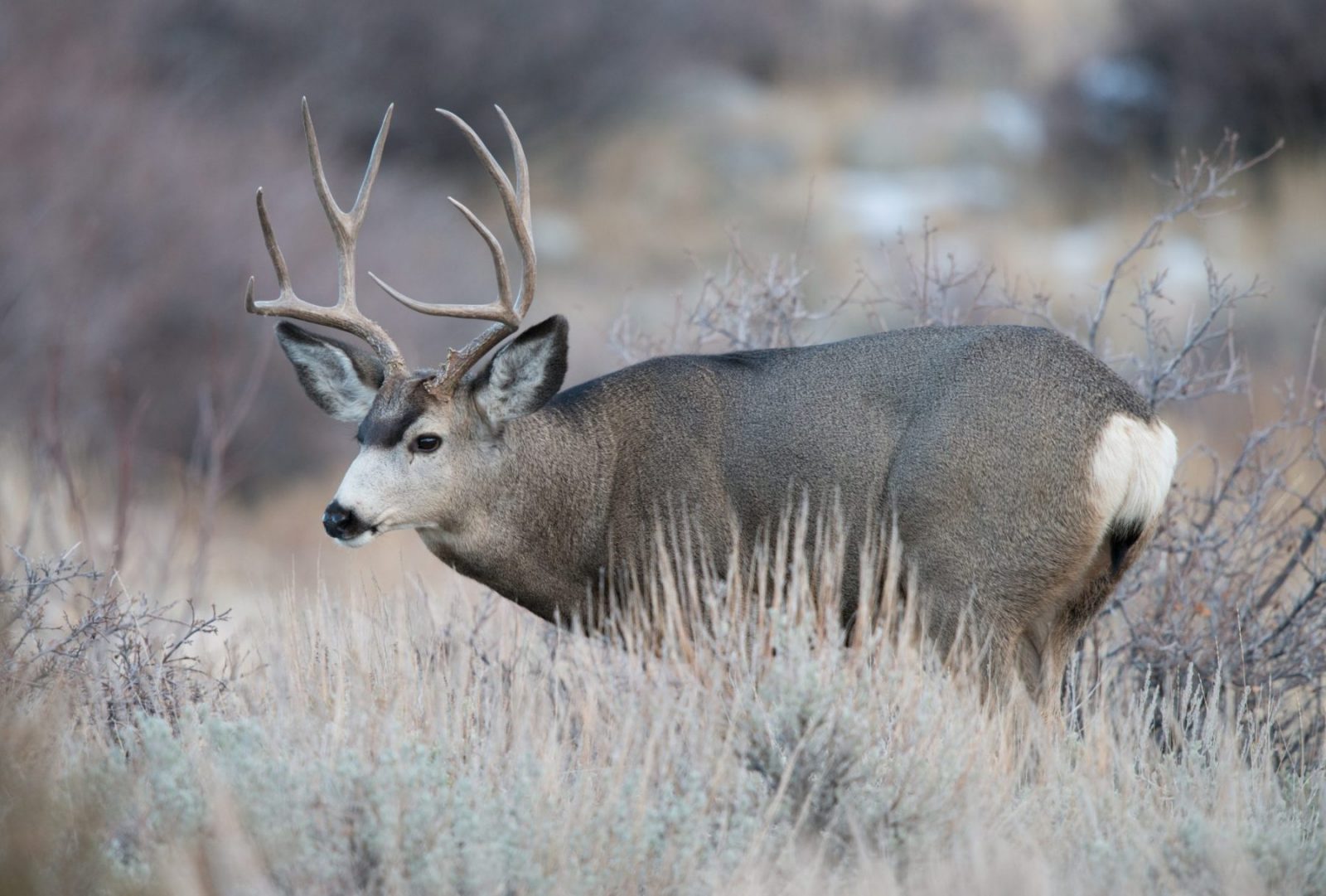This winter, Gov. Mark Gordon signed an executive order detailing how mule deer and pronghorn migration corridors will be identified and managed in the state. The Wyoming Outdoor Council was heavily involved in the advocacy, collaboration, and negotiations that led to this order, and we were pleased the governor took this important step. But what does this new policy mean? It means now the real work begins.
The governor’s order affirmed the designation of three corridors that had gone through the Game and Fish Department’s analysis and public process: the Sublette mule deer corridor (also known as the Red Desert to Hoback) and the Baggs and Platte Valley mule deer corridors. While the Sublette corridor has already gone through a risk assessment to evaluate landscape-level challenges affecting this herd and habitat, neither the Baggs nor the Platte Valley have.
We anticipate new information on these assessments in the near future, and have communicated with Game and Fish staff about our suggestions for best conducting these analyses. When these assessments are completed, they will be released as drafts for public feedback and discussed in public meetings before being finalized. After designation, the executive order prescribes the formation of local working groups for each corridor to discuss ongoing management challenges and opportunities.
When the executive order was signed, two corridors were in draft status (i.e. not yet formally designated): the Sublette antelope corridor (the Path of the Pronghorn) and the Wyoming Range mule deer corridor. These corridors will be the first to move through the entirety of the new designation process. We anticipate seeing the Path of the Pronghorn discussed at a Game and Fish Commission meeting later this year, and will continue to advocate for designation.
The Game and Fish Department will also continue to identify other migration corridors around the state. Though the governor’s order only applies to mule deer and pronghorn, the department will continue its work to identify and manage elk migration corridors. We will continue to advocate for a formal corridor designation process for other ungulate species. Stay tuned for new developments.
While the governor’s order puts the weight of law behind the value of wildlife migration corridors, the future of our big game herds depends on us. Advocacy from Wyoming people about the value of our large, migratory herds was critical in getting us to this point, and will continue to be necessary in the long term.
Please watch for updates about the next opportunities to be involved in corridor advocacy, and reach out to us if you have interest in any of the specific migration corridors currently being studied.

